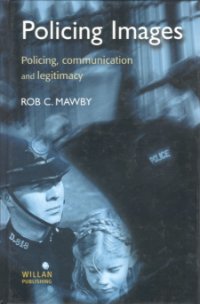By Morgan C. Williams Jr., Nathan Weil, Elizabeth A. Rasich, Jens Ludwig, Hye Chang, and Sophia Egrari
Body-worn cameras (BWCs) are an increasingly common tool for police oversight, accountability, and transparency, yet there remains uncertainty about their impacts on policing outcomes. This paper reviews what we know about the benefits of BWCs and how those benefits compare to the costs of this new technology. We make two contributions relative to existing research. First, we update prior meta-analyses of studies of the impacts of BWCs on policing outcomes to incorporate the most recent, and largest, studies carried out to date in this literature. This additional information provides additional support for the idea that cameras may affect a number of policing outcomes that are important from a social welfare perspective, particularly police use of force. Second, we carry out a benefit-cost analysis of BWCs, as financial barriers are often cited as a key impediment to adoption by police departments. Our baseline estimate for the benefit-cost ratio of BWCs is 4.95. Perhaps as much as one-quarter of the estimated benefits accrue to government budgets directly, which suggests the possibility that this technology could, from the narrow perspective of government budgets, even pay for itself.
Chicago: Becker Friedman Institute, University of Chicago, 2021. 32p.





















